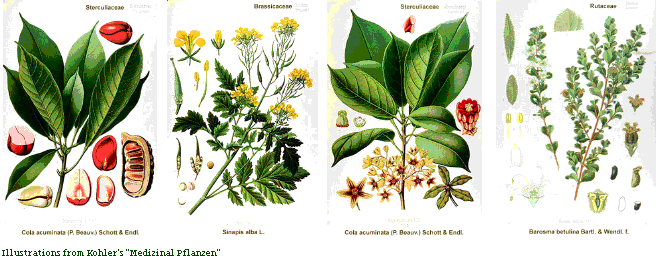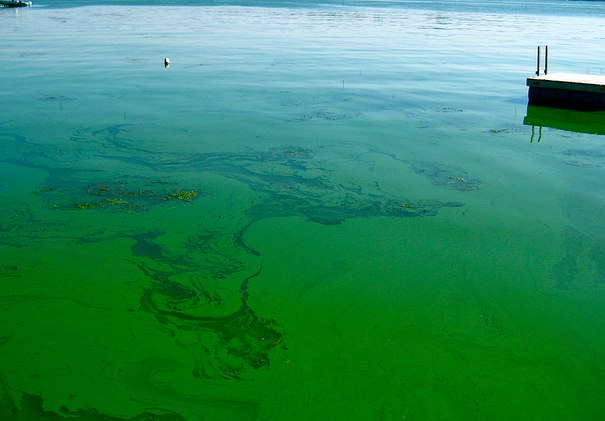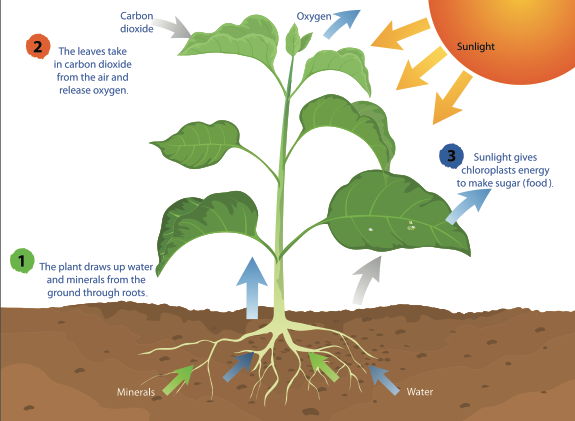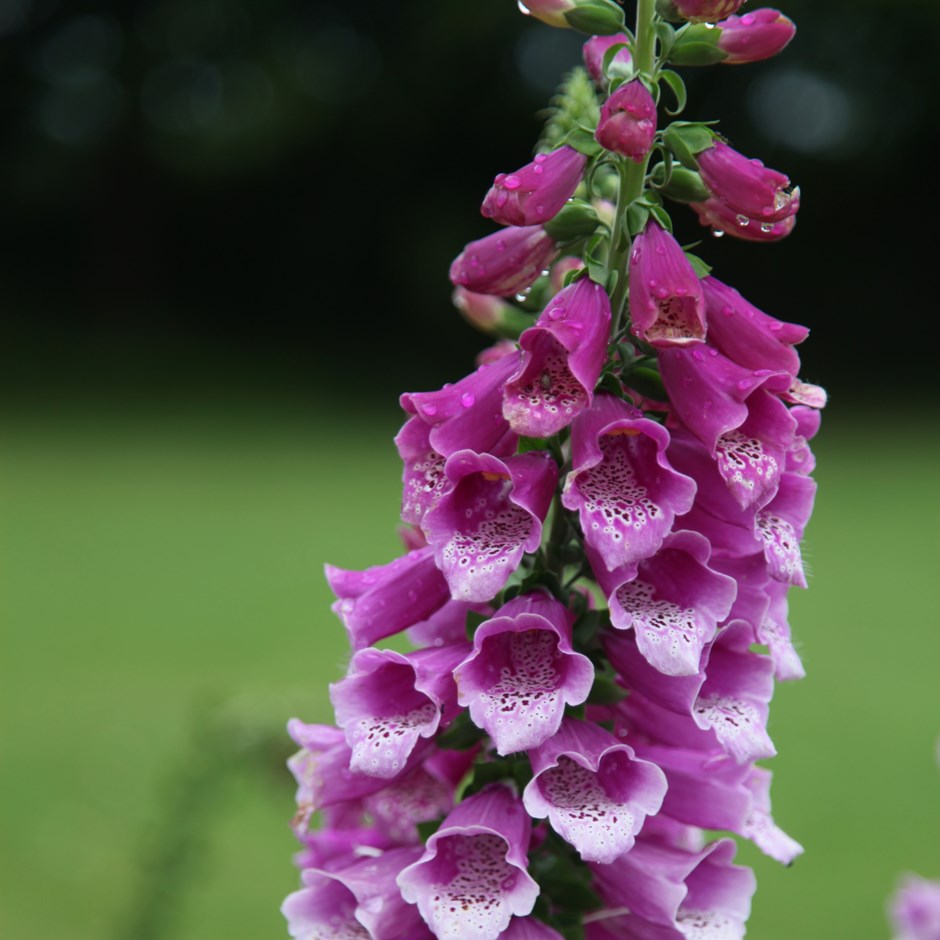


Close to 2.5 billion years ago, the earth's surface and atmosphere were stable enough to support primitive life. Single-cell organisms began to develop in the seas that covered the planet. A simple organism known as blue-green algae appeared and spread across the seas. Blue-green algae used sunlight and water to make food, and in the process, created oxygen. As the blue-green algae grew in the earth's seas, they began to fill the atmosphere with oxygen. The oxygen that blue-green algae produced made it possible for other types of organisms to develop.
Plants play the most important part in the cycle of nature. Without plants, there could be no life on Earth. They are the primary producers that sustain all other life forms. This is so because plants are the only organisms that can make their own food. Animals, incapable of making their own food, depend directly or indirectly on plants for their supply of food. All animals and the foods they eat can be traced back to plants.
The oxygen we breathe comes from plants. Through photosynthesis, plants take energy from the sun, carbon dioxide from the air, and water and minerals from the soil. They then give off water and oxygen. Animals and other non-producers take part in this cycle through respiration. Respiration is the process where oxygen is used by organisms to release energy from food, and carbon dioxide is given off. The cycles of photosynthesis and respiration help maintain the earth's natural balance of oxygen, carbon dioxide, and water.
Leaves are the main food-making part of most plants. They capture energy from sunlight, and turn water and carbon dioxide into sugar and starch. This sugar and starch becomes the food that provides plants with energy to grow, to produce flowers and seeds, and carry on their other life processes.
Plants play the most important part in the cycle of nature. Without plants, there could be no life on Earth. They are the primary producers that sustain all other life forms. This is so because plants are the only organisms that can make their own food. Animals, incapable of making their own food, depend directly or indirectly on plants for their supply of food. All animals and the foods they eat can be traced back to plants.
The oxygen we breathe comes from plants. Through photosynthesis, plants take energy from the sun, carbon dioxide from the air, and water and minerals from the soil. They then give off water and oxygen. Animals and other non-producers take part in this cycle through respiration. Respiration is the process where oxygen is used by organisms to release energy from food, and carbon dioxide is given off. The cycles of photosynthesis and respiration help maintain the earth's natural balance of oxygen, carbon dioxide, and water.
Leaves are the main food-making part of most plants. They capture energy from sunlight, and turn water and carbon dioxide into sugar and starch. This sugar and starch becomes the food that provides plants with energy to grow, to produce flowers and seeds, and carry on their other life processes.


Scientists believe there are over 260,000 species of plants. Some plants are so small they can barely be seen. Others are taller than people or animals. One of the largest living plants on the earth are the sequoia trees of California. Some stand over 290 feet (88 meters) high and measure over 30 feet (9 meters) wide.
Certain characteristics of plants set them apart from other living things. Both plants and animals are complex organisms that are made up of many types of cells, but plant cells have thick, rigid walls that consist of a material called cellulose. Animal cells do not have this material. The cellulose enables plants to stand upright without the aid of an internal or external skeleton.
Plants require a reasonable level of heat to grow. The most favorable temperature at which photosynthesis takes place ranges from near freezing to 20 to 25° C (70 to 80° F). The rates of photosynthesis and respiration increase with rising temperatures. Any temperatures above or below these levels limit plant growth. The climate of a region determines what types of plants can survive in that region.
A plant's environment is made up of many factors. One of the most important is the weather--sunlight, temperature, and precipitation (rain, melted snow, and other moisture). Soil and other plants and animals that live in the same area are also included in the environment of a plant. All these factors form what is called a natural community.
No two natural communities are exactly alike, but many resemble one another more than they differ. Botanists divide the world into biomes--natural communities of plants, animals, and other organisms.


Plants provide many useful drugs. Some of these plants have been used as medicines for hundreds of years. The bark of the cinchona tree was used 400 years ago to reduce fever. It is still used to make quinine, a drug used to treat malaria and other diseases. Another drug, called digitalis, is used in treating heart disease. It is made from the dried leaves of the purple foxglove plant. The roots of the Mexican yam are used in producing cortisone, a drug useful in treating arthritis and a number of other diseases.